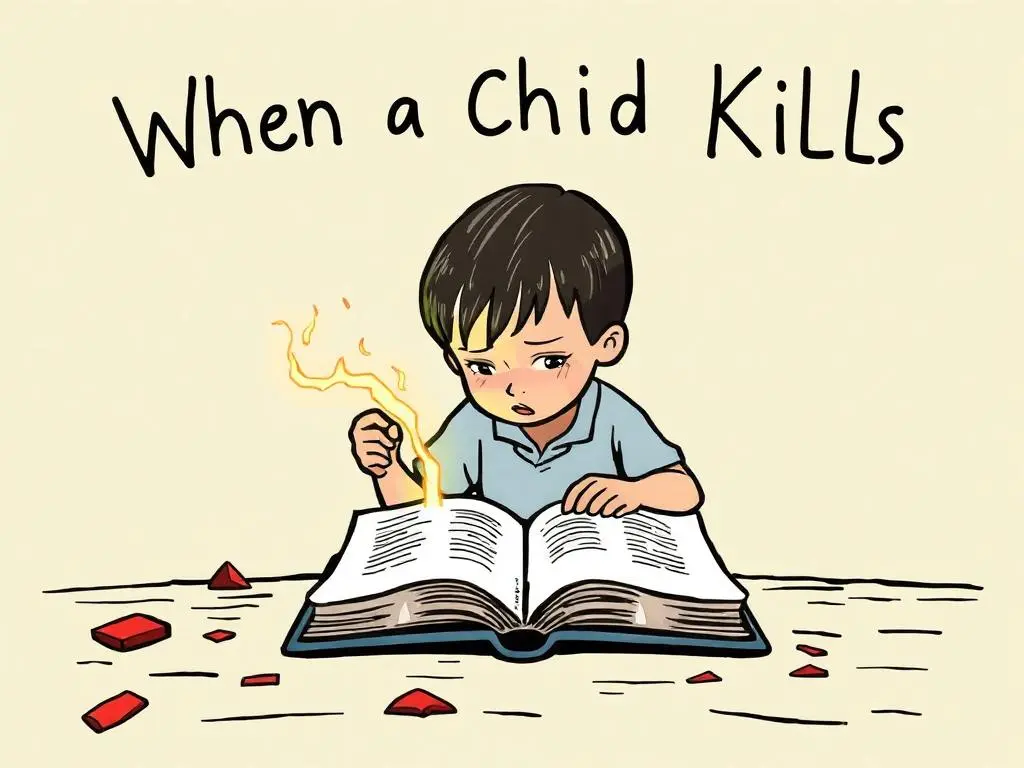Saving Birds by Ruffling Some Feathers

We hear so much about the challenges of young female friendships. But STRANGE BIRDS: A Field Guide to Ruffling Feathers (Kokila, 350 pp., $16.99; ages 8 to 12), Celia C. Pérez’s second middle-grade novel (after “The First Rule of Punk”), is a story about the magic and beauty of these bonds, especially when they are created through commitments to something greater. We meet four girls who live in the fictional town of Sabal Palms, Fla. — girls who are beginning to learn about the world and forge their identities. But how do you do that in a place where you don’t feel encouraged to be yourself?
Ofelia Castillo,an aspiring journalist, is always on the hunt for a compelling story. She is also a child of immigrants: Her parents are Cuban-American and overprotective, and she longs for independence, even more difficult to attain as an only child. She meets Aster Douglas, an African-American girl of Bahamian descent, who is being home-schooled by her activist grandfather while her military mother is stationed in Japan. Aster,a budding chef, is grappling with the grief of losing her father, whose shirts she often wears. Shy and isolated, she takes comfort in cooking and baking, particularly recipes from Julia Child’s “Mastering the Art of French Cooking.”
Then there’s Lane DiSanti, who must spend the summer with her mysterious grandmother in the DiSanti mansion while her parents work through the logistics of their divorce. Feeling abandoned by her family, she is determined to make friends, but afraid to be truly vulnerable. She hides behind black clothing and a brooding demeanor. Her passions include street art and healing crystals. And finally, there’s Cat Garcia, a bird enthusiast and activist who dreams of one day becoming an ornithologist. Battling the ennui of summer, these four girls take control of their fates to create a memorable vacation.
Though Lane orchestrates the girls’ unlikely union with mysterious invitations to her treehouse, Cat propels them toward a quest for justice. Cat has abruptly abandoned the Floras, her local scouts, because of the troop’s participation in the mistreatment of birds. But the decision weighs heavily on Cat, whose mother has always wanted her to continue the family tradition of becoming a troop leader. So the four girls form their own secret troop, “The Ostentation of Others and Outsiders,” with the goal of ridding the Floras of their outdated ceremonial hat made of real bird feathers.
They try different forms of protest, including civil disobedience, inspired by Aster’s grandfather’s experience as a civil rights activist. They learn more about one another’s pasts, get into trouble and discover unsavory information about the history of their town, including racial segregation and the troubling DiSanti legacy. Aster investigates the DiSanti library to find the true origins of the region’s famous winter orange species, encountering research about the Bahamian community’s contributions to the growth of the town.
Each of Pérez’s characters is fully realized, with her own foibles and engaging back story. The girls come from different socioeconomic backgrounds — it’s worth noting, for instance, that Ofelia’s mother is Mrs. DiSanti’s personal assistant — but all of them have moxie to spare.
At times, Pérez shows how their socioeconomic differences cause tension in the girls’ friendships. But ultimately, these uncomfortable incidents expand their worldviews and strengthen their bonds. We enter the characters’ distinct realities and see them become truer versions of themselves. That is tougher than it might seem: The story tackles issues of familial expectations, race, class, agency and environmental justice without being either didactic or simplistic.
With its lively, sometimes lyrical prose, “Strange Birds” respects its readers’ intelligence and sophistication. Pérez’s charming story explores what it means to belong to a community while being willing to stage small but significant revolutions, all the while reveling in the joy of childhood.




